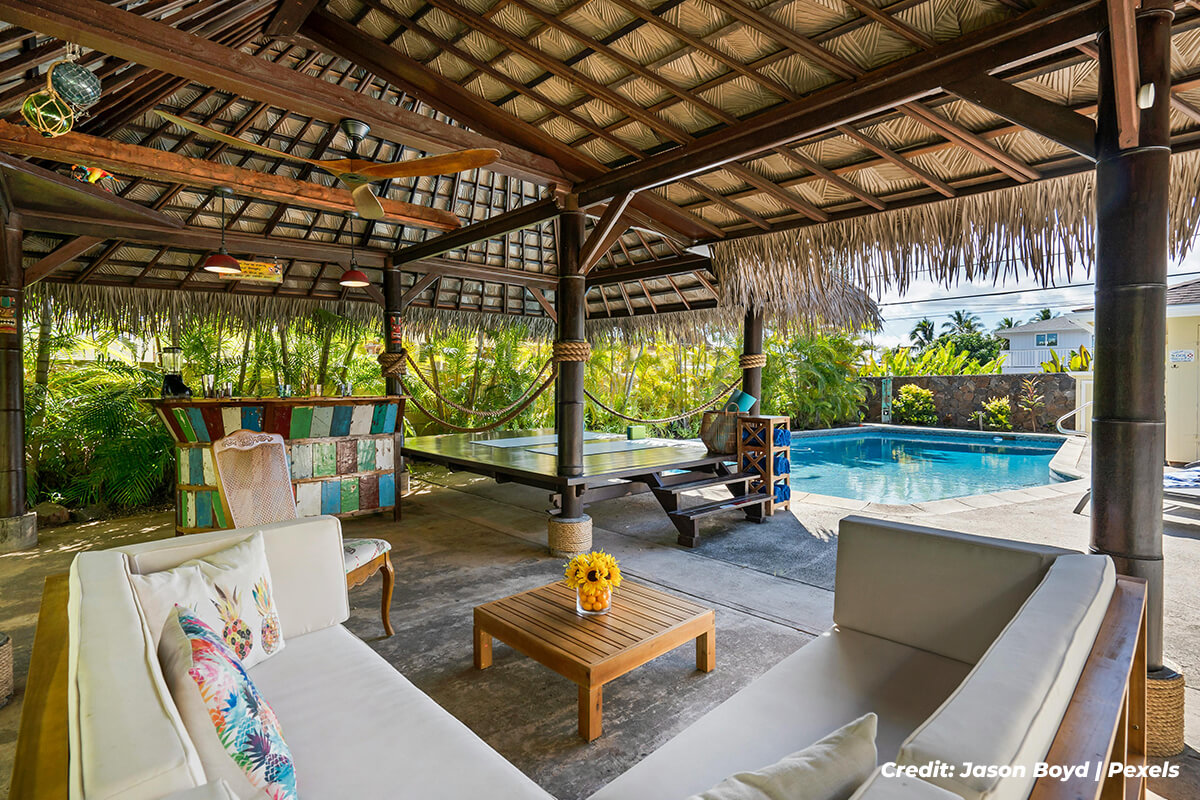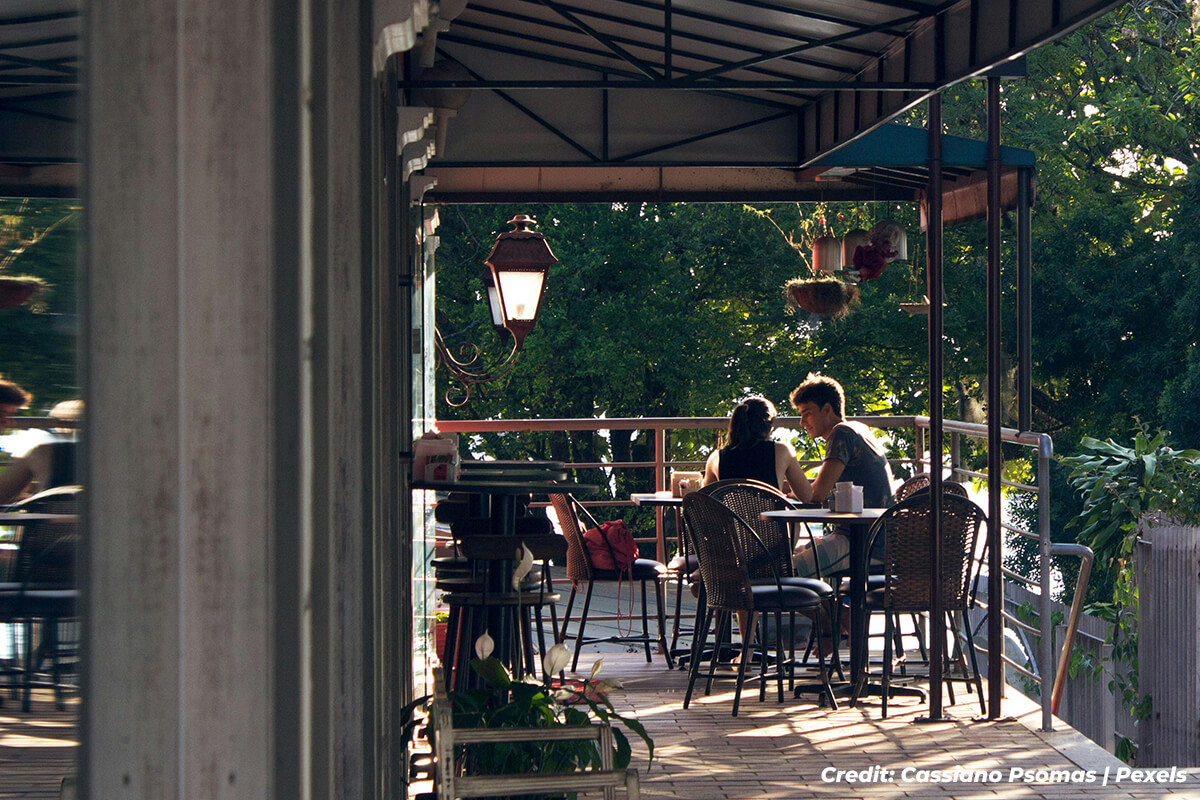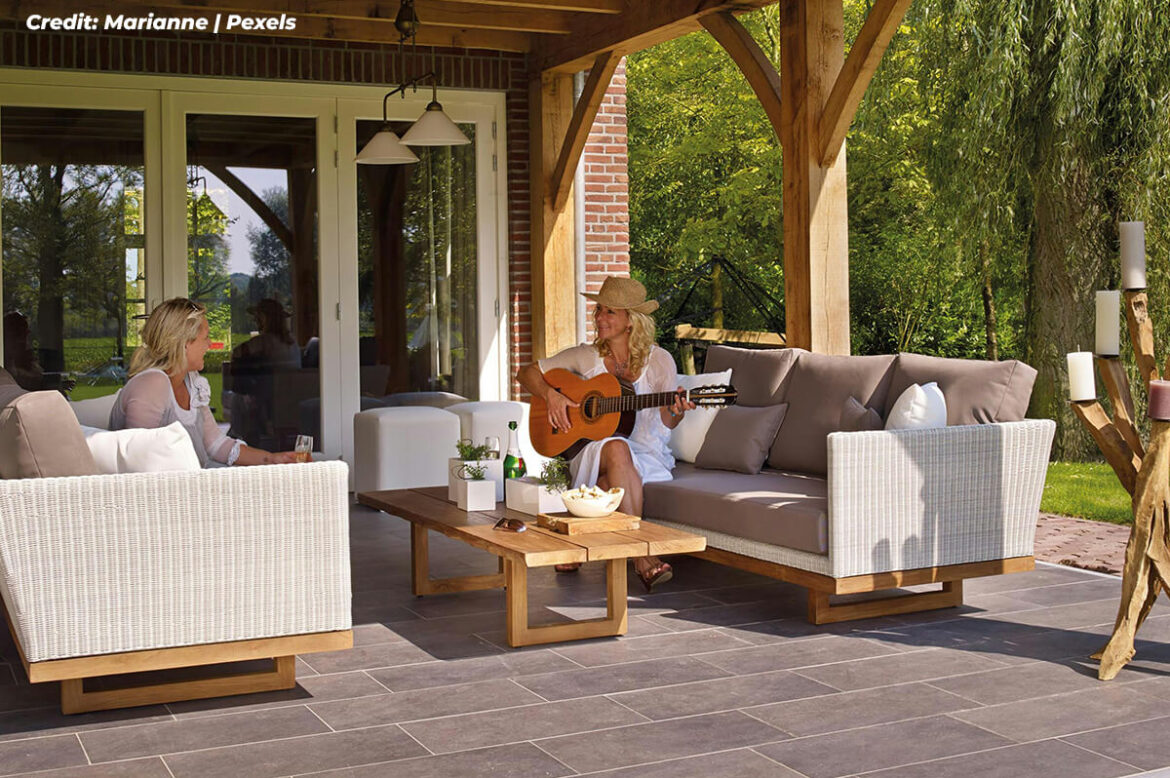The desire to seamlessly blend our indoor and outdoor living spaces has never been stronger. Three-season rooms, enclosed sunrooms, and covered lanais have become cherished extensions of our homes, offering a perfect retreat to enjoy the outdoors with indoor comfort. However, these unique “semi-outdoor” areas present a significant challenge for flooring. They must withstand a wider range of temperature swings, higher humidity, and more direct UV light exposure than any other room in the house.
For years, homeowners were limited to cold tile or drab concrete. But what about the warmth and style of modern vinyl flooring? Today’s luxury vinyl plank (LVP) and tile (LVT) have evolved dramatically, offering stunningly realistic wood and stone looks. But can they handle the unique pressures of a semi-outdoor environment?
The answer is a qualified yes. Success hinges entirely on choosing the right product and installing it correctly. Here are the essential dos, don’ts, and crucial considerations for using vinyl flooring in your transitional space.
The “Dos”: Best Practices for Success

Do Opt for High-Quality, Rigid Core Vinyl (SPC)
This is the single most important factor. Not all vinyl flooring is created equal. For a semi-outdoor space, you must choose a rigid core product, specifically Stone Plastic Composite (SPC). Unlike older, flexible luxury vinyl, SPC has a dense core made from a blend of natural limestone powder, polyvinyl chloride, and stabilizers. This composition makes it incredibly rigid and, most importantly, far more thermally stable. It is significantly less likely to expand, contract, or warp when exposed to the direct sun and temperature fluctuations common in a sunroom. Wood Plastic Composite (WPC) is another rigid core option, but SPC’s density gives it the edge in these demanding applications.
Do Demand Strong UV Protection
A sunroom, by its very nature, is a magnet for sunlight. Constant, direct UV exposure is the enemy of any flooring, causing colours to fade and patterns to become dull over time. Reputable manufacturers apply high-performance wear layers with advanced UV inhibitors to their planks. When shopping, don’t just look at the thickness of the wear layer (a 20 mil thickness is a good benchmark for durability); specifically ask or look for product specifications that mention enhanced UV resistance. This will be critical in preserving the beauty and colour of your floor for years to come.
Do Read the Fine Print: The Warranty is Your Guide
A manufacturer’s warranty is your best indicator of a product’s intended use. Before you fall in love with a specific style, find and read the warranty information. Does it explicitly cover installation in three-season rooms or spaces that are not climate-controlled year-round? Many warranties have specific clauses that void coverage if the flooring is installed in such an environment. A manufacturer that stands behind its product for this type of application is giving you a powerful vote of confidence in its stability and performance.

The “Don’ts”: Common Pitfalls to Avoid
Don’t Use Flexible, Glue-Down LVT or Peel-and-Stick Tiles
This is a recipe for disaster. Standard flexible LVT and peel-and-stick products rely entirely on an adhesive bond to stay in place. When a sunroom gets hot from direct sunlight, the floor temperature can soar. This heat will soften the adhesive, causing it to fail. The result is unsightly peeling, curling at the edges, and planks that shift and separate. These products are designed exclusively for stable, climate-controlled indoor environments.
Don’t Install in a Fully Outdoor, Exposed Environment
The term “semi-outdoor” applies to spaces that are enclosed and protected from the elements. This includes four-season rooms, enclosed three-season porches with windows, and solariums. It does not apply to open-air patios, decks, or uncovered balconies. Vinyl flooring is water-resistant, but it is not designed to have rain, snow, or standing water on it for prolonged periods, nor can it handle the extreme temperature cycles of a fully exposed outdoor setting.
Don’t Skimp on Subfloor Prep and Moisture Barriers
Even the best flooring will fail if the subfloor isn’t properly prepared. In semi-outdoor spaces, the subfloor is often a concrete slab. It must be clean, flat, and, most importantly, dry. It’s essential to test for moisture in the concrete before installation. Regardless of the test results, installing a 6-mil polyethylene vapor barrier over the concrete is a non-negotiable step to protect your flooring from moisture wicking up from the ground.
The In-Between: Colour, Climate, and Professional Counsel
Navigating the variables of product choice and installation can be tricky. Lighter-colored vinyl, for instance, will absorb less heat than a dark espresso or charcoal colour, potentially reducing the maximum temperature the floor reaches on a sunny day. Furthermore, the extreme temperature differences between a Canadian summer and winter make choosing a high-quality, stable SPC core even more critical.
That’s where expert advice becomes invaluable. The team at Capital Hardwood Flooring can guide you toward specific product lines that are warrantied for semi-outdoor use and ensure your installation plan accounts for all the unique challenges of your space.
Vinyl Flooring: A Smart Choice
Vinyl flooring can be a fantastic, stylish, and durable solution for your enclosed porch or sunroom, offering a world of design possibilities beyond concrete and tile. However, success is not accidental. It requires a deliberate choice: a high-quality, Stone Plastic Composite (SPC) rigid core vinyl with proven UV resistance, installed meticulously over a properly prepared subfloor. By following these dos and don’ts, you can confidently create a beautiful, lasting foundation for your favourite transitional space.
For an expert consultation and to explore our collection of high-performance vinyl flooring suitable for your home’s most unique spaces, contact Capital Hardwood Flooring today. We are your go-to for durable and cost-effective flooring solutions. Call 416-536-2200 to get started.
